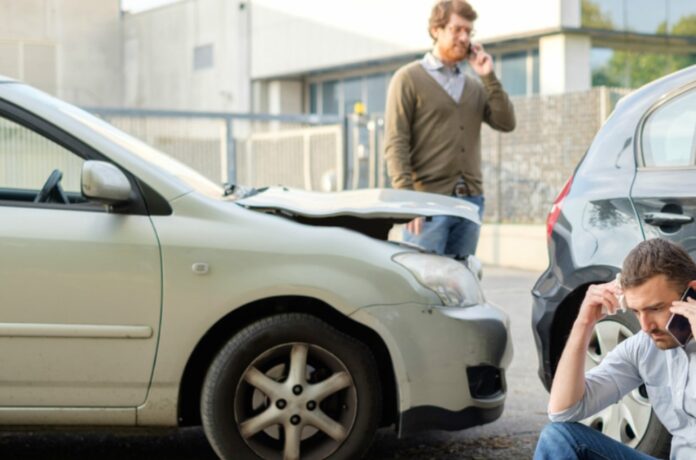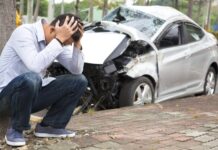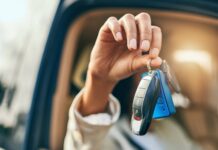Using a rental vehicle can be a convenient way to travel, whether on vacation, a business trip or just run-of-the-mill driving while your regular car is in the shop for repairs. However, in most cases you are usually unfamiliar with the rental car you are driving and you are travelling to new places. These factors increase your chances of driving into trouble with your rental car.
According to injury law experts, one of the best ways to prevent an accident involving your rental car is to get familiar with the car’s features. Try to get familiar with using the turn signals, headlights, windshield wipers, and other equipment you’ll need to use regularly.
A good idea is to take your rental car for a short test spin before you buy it or before any big trip. This way you can get a good grasp on the car’s acceleration, steering and most importantly, the brakes. It is also a good practice to adjust your mirrors, seat, and headrest, to ensure you’re comfortable before leaving the parking lot.
If you get involved in a car accident with your rental vehicle, it’s important to treat the situation the same as if you were driving your car with a few extra things to consider.
Here are the most important steps you should follow if you have been involved in a collision with a rental vehicle:
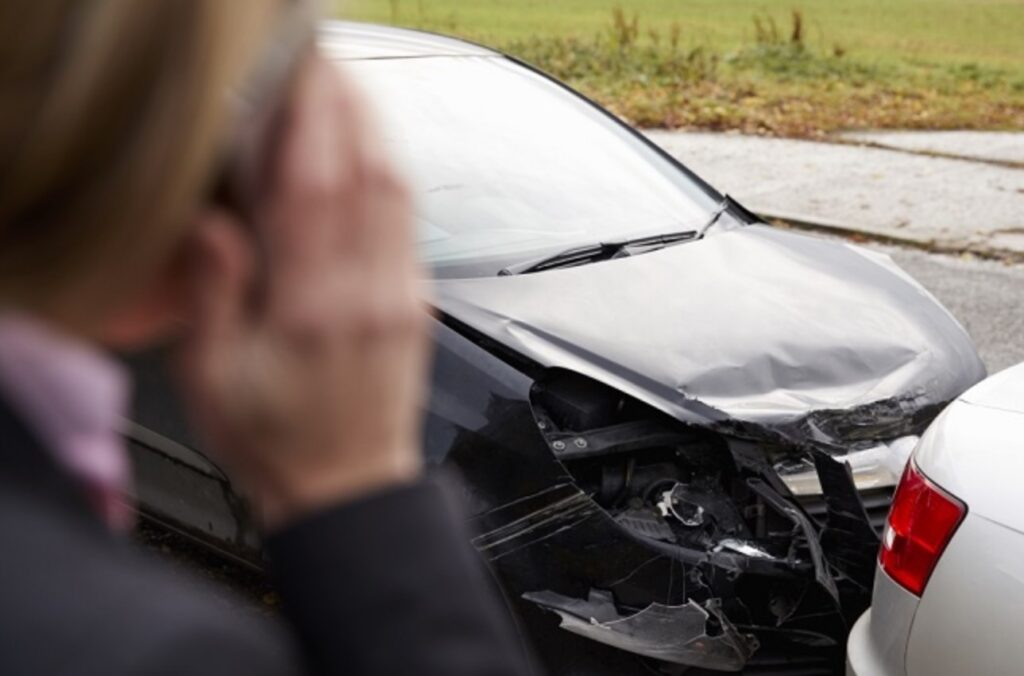
1. Ensure that everyone is in good health
When you are involved in a collision, the first step is to make sure everyone in the vehicle is safe. According to the statistics, 165,000 people are injured in crashes on Canadian roads each year. If you see anyone at the scene that needs First Aid, ensure they get it immediately—Call 9-1-1 to request medical care for those injured in the collision. Keep them comfortable until help arrives, but it’s best not to move them to avoid causing any further injury.
If the accident is in the middle of the road or a busy street, move to a safe location, and then notify the authorities.
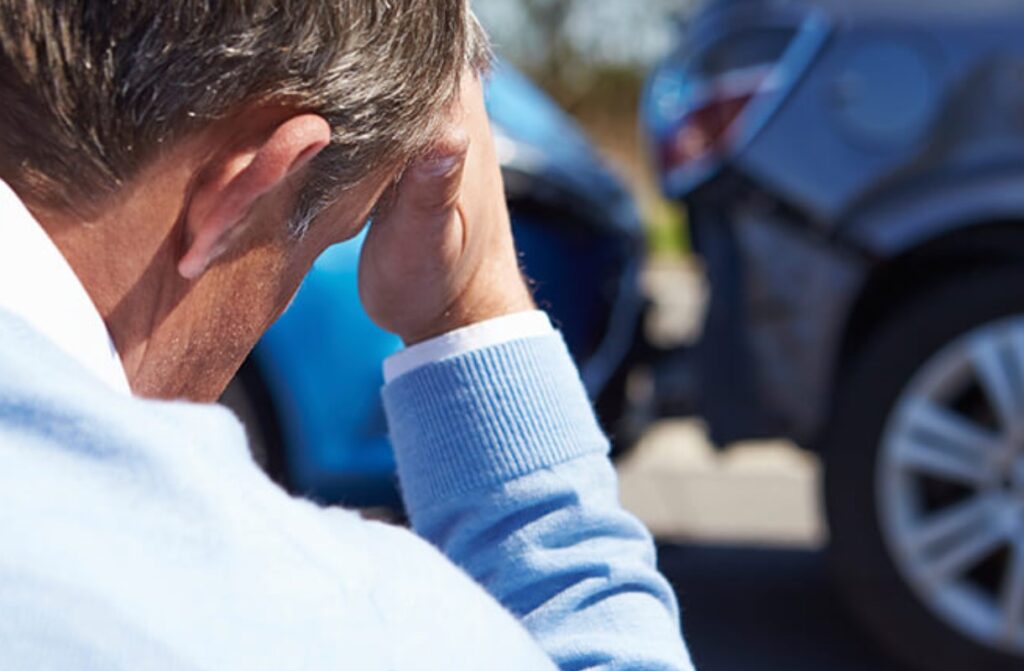
2. Exchange contact details
The next step is to exchange vital information with the other driver involved and anyone else who was injured at the scene. The details you will want to get are their:
- Name
- Address
- Phone number and email address
- Insurance company’s name and policy number
- Driver’s licence for each driver involved
- Car registration information and licence plate
- Any contact information for eyewitnesses as well
Also, be sure to talk to the police and get a copy of the accident report for your personal records. You may need to use this information later when an insurance claim is filed.
Keep the contact details and badge number of the officer you speak with in case you need to get in touch with them in the future.
It is very important not to say anything that indicates the collision was your fault or that you are driving a rental vehicle. If the other parties involved are angry, don’t discuss the accident until the police arrive as anything you say in front of the other driver can be used against you if they decide to sue you for damages.
Even if no details of the accident are discussed, emotions will likely be high and it won’t help you if you get into a fight or argument with the other people involved. Besides helping the other driver right after the accident occured, it is best to not talk until the police arrive and you are asked to provide a statement.
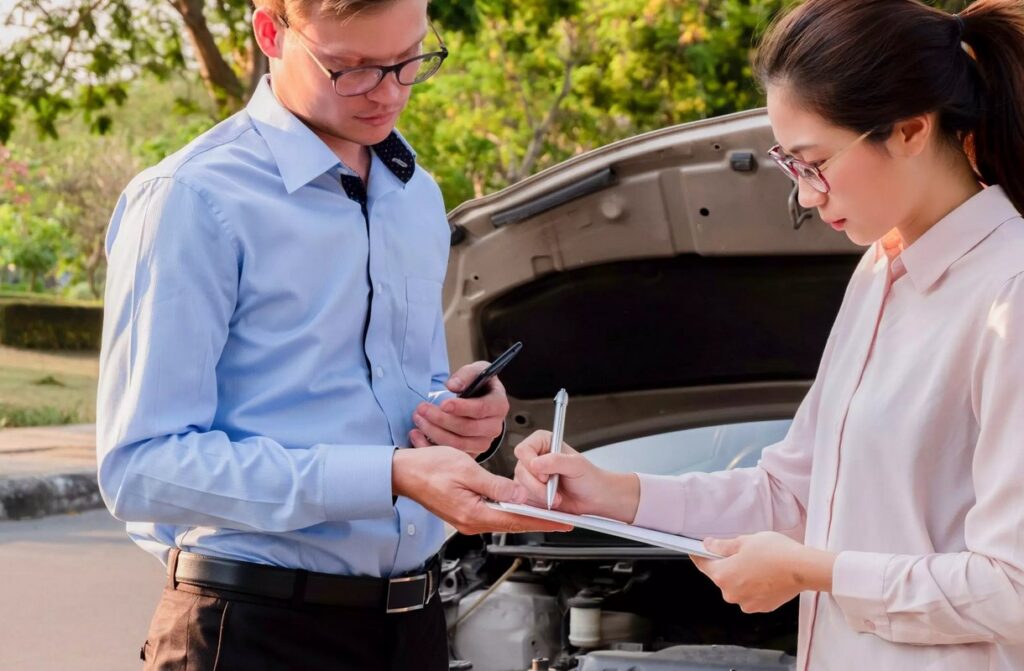
3. Take notes and photos to document the accident
Even if the police are taking photos at the scene, take some of your own for good measure. Use your phone or camera to take some pictures of the damages to each vehicle from many different angles to help investigators put together exactly what happened.
It is crucial to make sure that you document vital details of the situation, such as:
- The year, make, model, and colour of all vehicles involved in the collision
- Make notes of any information about the cars involved that you think may be helpful to investigators
- You’ll also need to have the precise location of the crash, such as street names and the section of the road where the accident happened, even an address if possible
- Write a detailed account of how the collision occurred, do not leave anything out that you saw or noticed prior to the collision, even small details can make a big difference in determining who is at fault
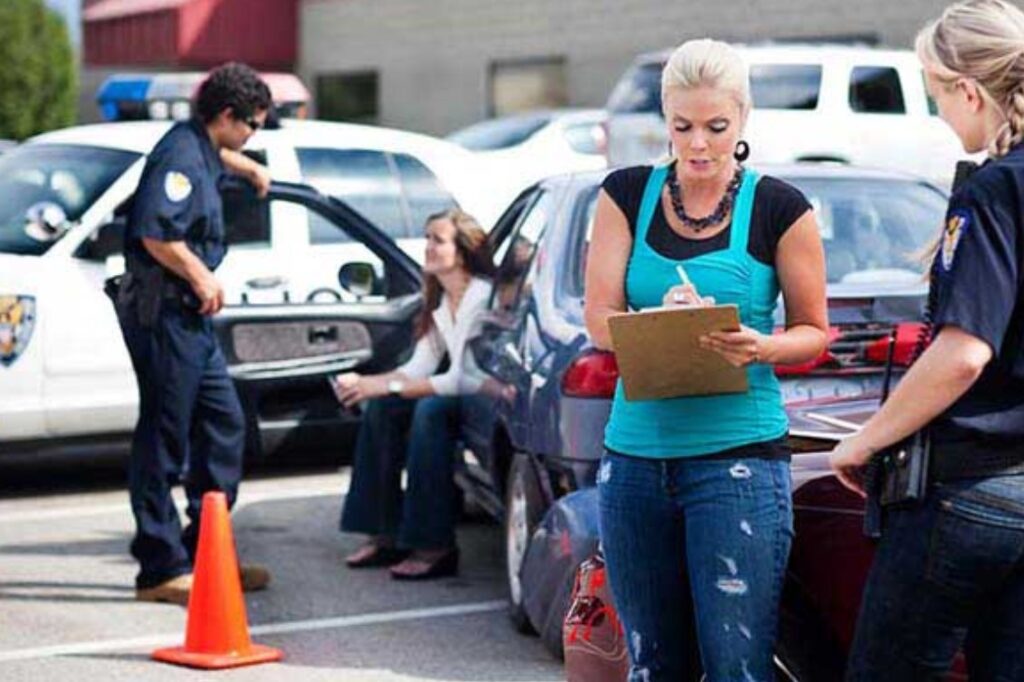
4. Contact the car rental company and your insurance provider
Contact your car rental company and insurance provider to report the incident as soon as you are able to. They’ll also give you directions about what to do next. Depending on the post-accident condition of your vehicle, you may be given instructions on where to drive it to a designated location for inspection if it is still drivable or a tow truck may be arranged if it is not.
A lot more paperwork is needed for collisions involving rental vehicles than owned ones, so it’s very important to start your insurance claim process sooner rather than later. Late insurance claims are more likely to be denied.
Remember that your automobile insurance won’t always cover rental vehicles. It’s a good idea to check with your rental company about insurance coverage options for your rental period. Here are some questions you should ask your insurance provider:
- Do they file an accident report with the police, or will that be up to you?
- Do you have collision and comprehensive coverage?
- How much will you need to pay for a deductible?
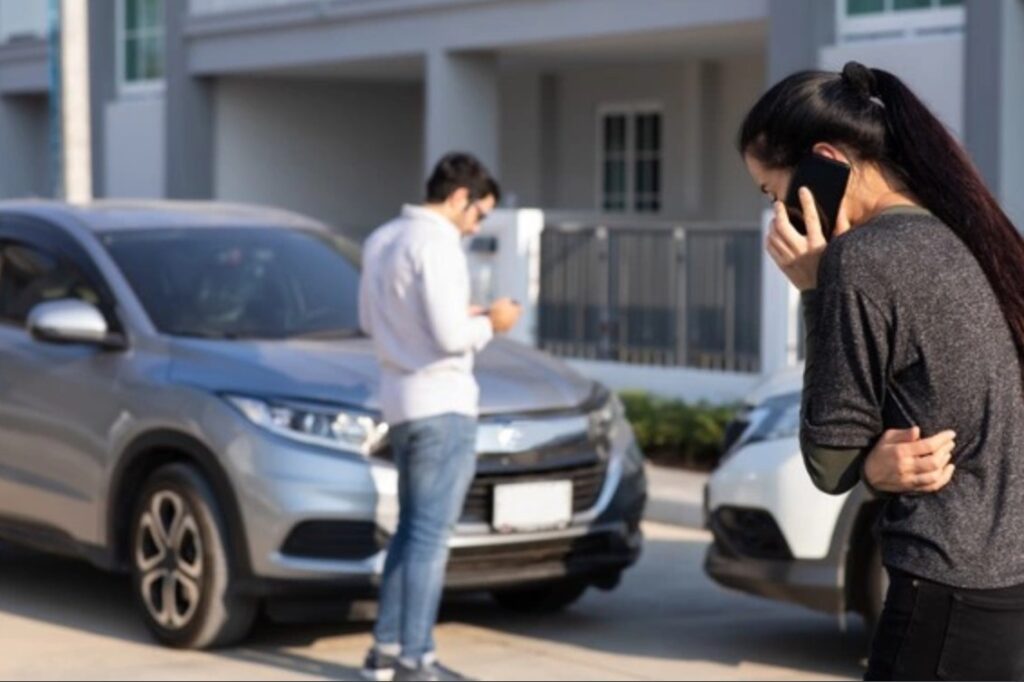
5. Car collisions and your rights
Collisions with rental vehicles can be more complicated than with your car. If you are found at fault, there are some additional charges you’ll have to pay, such as loss of use fees, diminution of value, and administrative expenses.
If you want to learn more about what to do if you get into an accident with a rental car, you can get personalized advice by going to this site and speaking with experts trained to deal with these situations on a daily basis.
Keep these steps in mind the next time you purchase a rental vehicle, if you get into an accident with it, you will need to follow the process listed here in order to quickly resolve the issue without worry or confusion.

